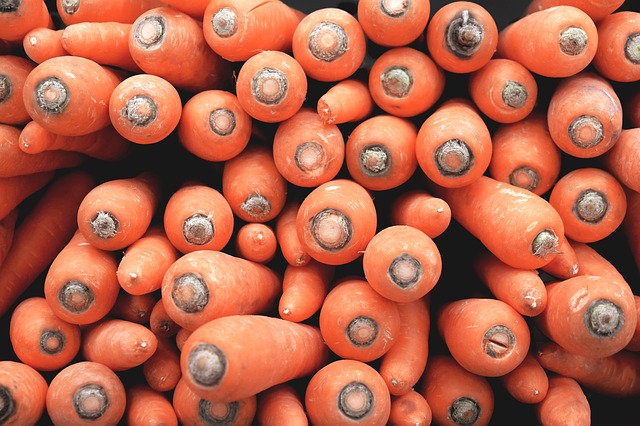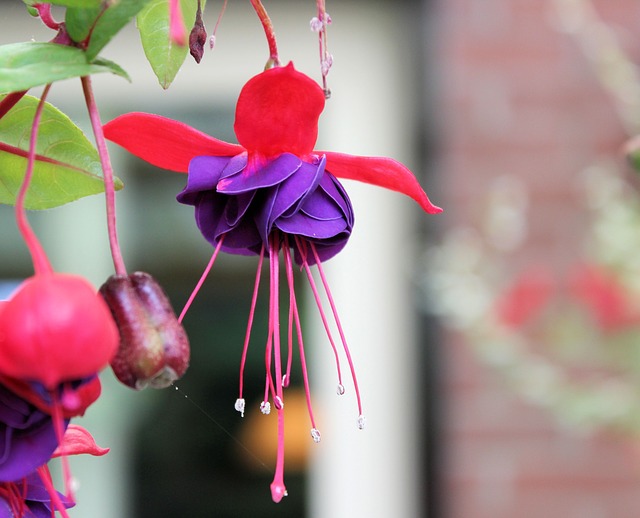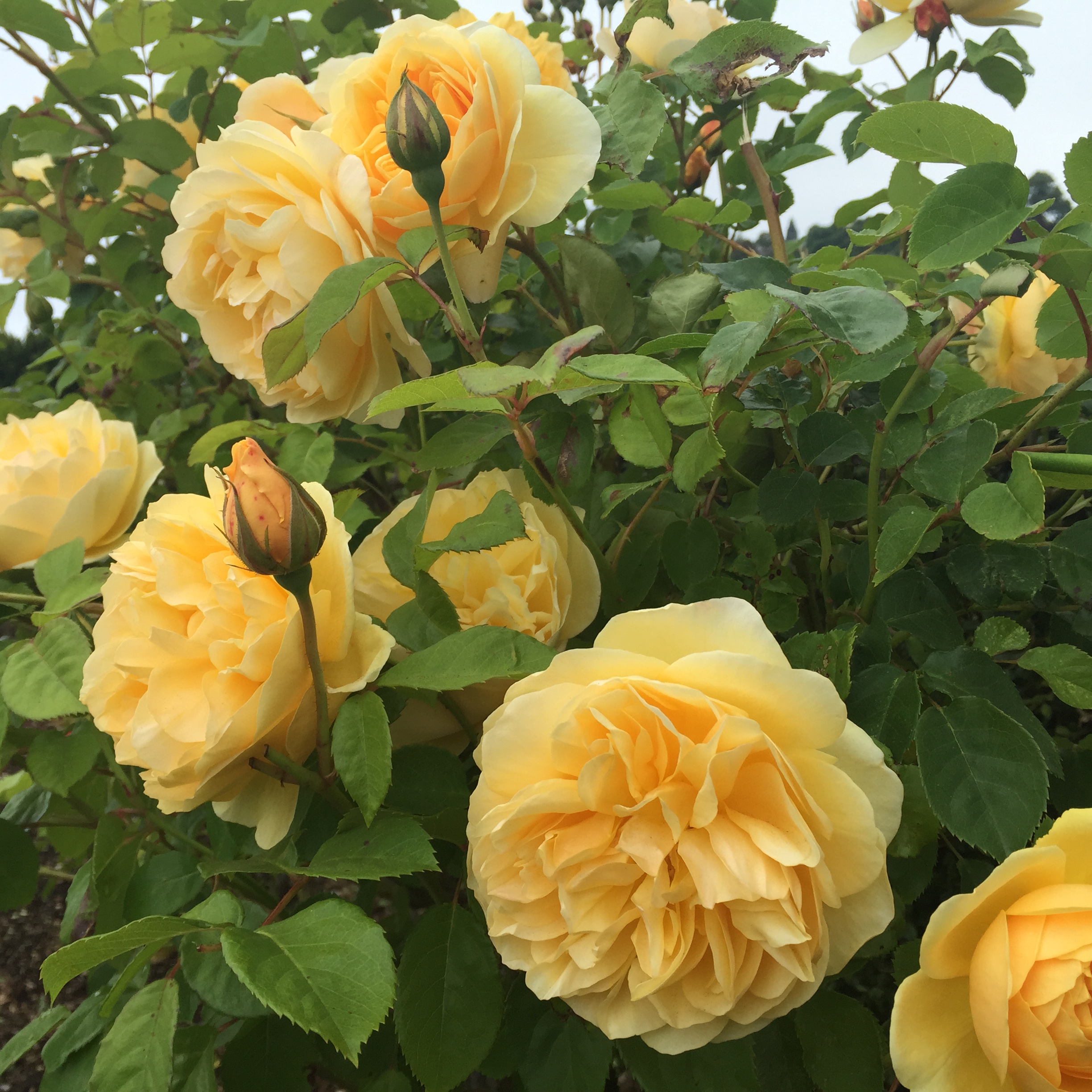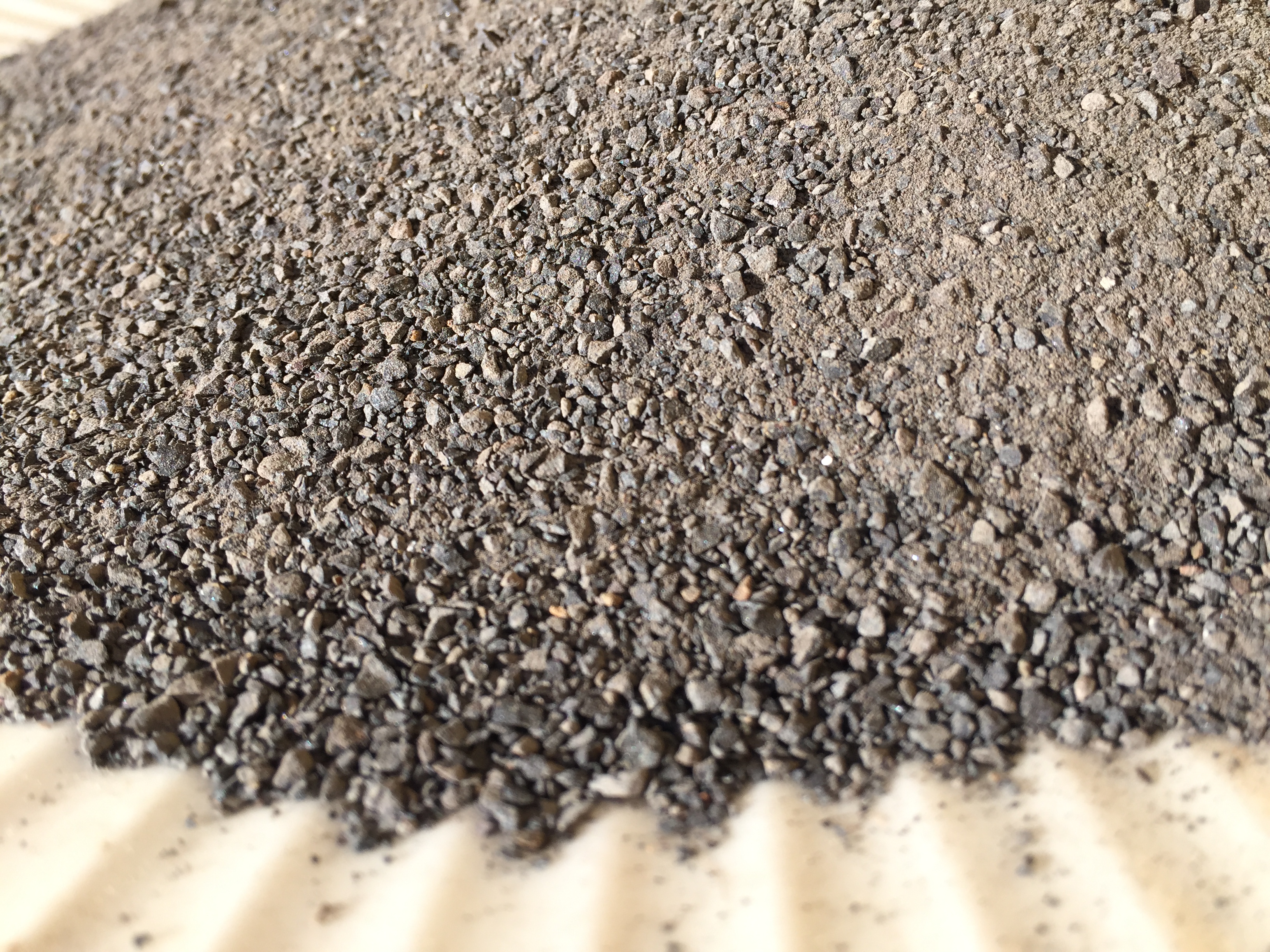Ground up rock material doesn’t usually appear on lists of compostable materials such as “greens” (e.g., grass clippings, hedge trimmings) and “browns” (e.g., fall leaves, wood chips), but volcanic rock dust is a sure-fire way to charge up the composting process. In this YouTube video, agronomist Rich Affeldt explains how to add mineral-rich volcanic rock…
Month: July 2014
The numbers on food waste are staggering. According to a 2012 report published by the National Resources Defense Council: 40% of food in the U.S. goes uneaten – that’s over 20 pounds of food per person per month The average American consumer wastes 10x times as much food as someone in SE Asia The economic…
Colorful hanging baskets that bloom all season long are a hummingbird’s best friend—and an eye-catching addition to any garden. So why would you want to fill your light and airy hanging baskets with a dark and gritty material like volcanic basalt? As a byproduct of violent volcanic activity, basalt is not something that gardeners (or…
A summer heat wave has hit Portland, Oregon. Here in The City of Roses, we don’t get that many days in the mid-80’s much less a whole week of temperatures in the mid- to upper-90’s. Needless to say, people—and plants—are drooping just a bit. While it’s true that roses aren’t as fussy as most people…
So what’s all the fuss about rock dust? Rock dust goes by a few other names, like “rock minerals,” “rock flour,” “rock powder,” “stone dust,” “soil remineralizer” and “mineral fines.” Whatever you call it, rock dust is finely crushed rock containing essential micronutrients and trace elements that are important to the life cycle of plants…




